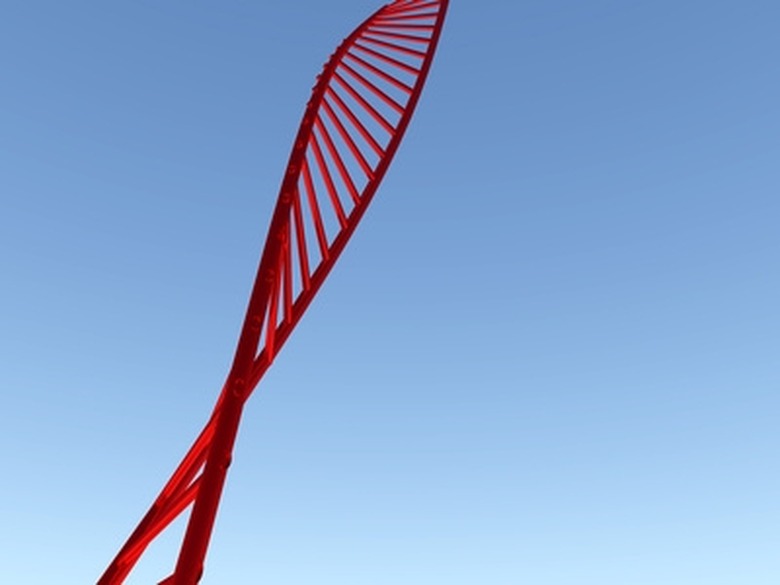Restriction Enzymes Used In Forensic Science
DNA profiling is a component of forensic science that identifies individuals based on their DNA profile. First applied by Sir Alec Jeffreys in 1984, DNA fingerprinting has become a important addition to the forensic tool kit.
History
DNA "fingerprinting" is based on Jeffreys' discovery that the human genome, too large to feasibly sequence in its entirety, contains sections that are highly variable between people. Because of this fact, these short sequences provide an accessible way to identify an individual through his DNA.
Current Practice
Today, forensic scientists use 13 regions of DNA to perform DNA fingerprinting. According to the Human Genome Project website, using such a high number of regions increases the chances of identifying differences between individuals, yet it is not so many as to make the process too costly or too time-consuming.
What are Restriction Enzymes?
Restriction enzymes act like scissors and cut DNA at very specific known DNA sequences.
Procedure-Using Restriction Enzymes
Consider a case in which we have a blood sample at the scene of a crime and DNA samples from several suspects. DNA is first isolated from the blood. Then, restriction enzymes are used to remove the 13 regions individually from the DNA to be fingerprinted. These regions are then isolated from the rest of DNA.
Using Restriction Enzymes to Identify Differences
With the crime scene sample's isolated DNA regions and the suspect DNA regions, restriction enzymes are used again to chop the DNA into shorter sections of varying lengths. Beforehand, it is not known where the enzymes will cut or how long the sections will be. It is not necessary to know. Once cut, samples are visualized on an agarose gel. This method shows the size of the sections produced by the restriction enzymes.
Why it Works
Because these regions are highly variable between individuals, the availability of restriction enzyme cut sites is different for different people. Therefore, each person's DNA will be cut into different size sections and show a different pattern of those pieces when visualized. By comparing the crime scene sample to the suspect samples at 13 different fingerprinting regions, forensic scientists can see which samples match the crime scene. In this way, restriction enzymes give invaluable information and help solve crimes every day.
Cite This Article
MLA
Tan, Dr. Alex. "Restriction Enzymes Used In Forensic Science" sciencing.com, https://www.sciencing.com/restriction-enzymes-used-forensic-science-5724559/. 24 April 2017.
APA
Tan, Dr. Alex. (2017, April 24). Restriction Enzymes Used In Forensic Science. sciencing.com. Retrieved from https://www.sciencing.com/restriction-enzymes-used-forensic-science-5724559/
Chicago
Tan, Dr. Alex. Restriction Enzymes Used In Forensic Science last modified August 30, 2022. https://www.sciencing.com/restriction-enzymes-used-forensic-science-5724559/
